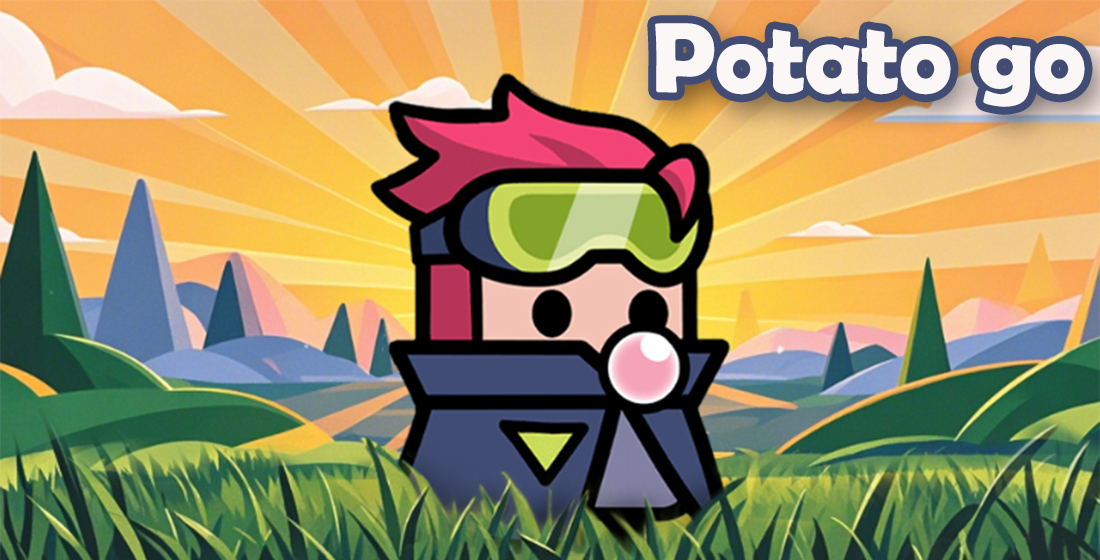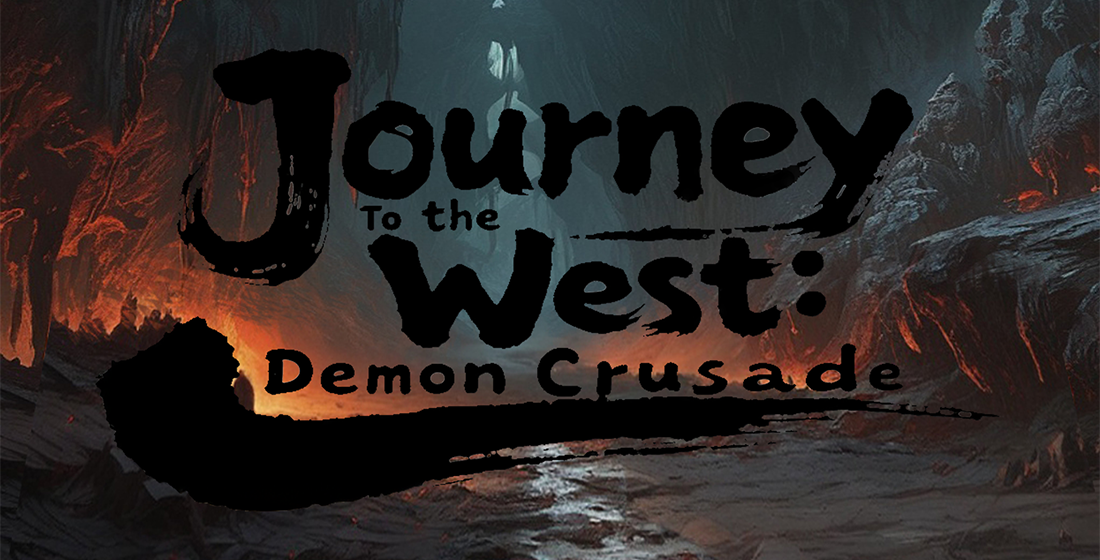Why Incremental Games Are the New Frontier in Adventure Gaming
When you think about adventure gaming, what comes to mind? Epic quests, larger-than-life heroes, and intricate worlds all invite players to immerse themselves in the virtual realm. However, over the last few years, a distinct genre has emerged that’s taking the gaming community by storm—incremental games. Often seen as quirky and simplistic, they might just be the innovative pathway to revolutionizing adventure games.
Understanding Incremental Games
So, what exactly are incremental games? Also known as "clicker games," these are games characterized by their slow but rewarding progression, mainly achieved through repetitive actions. Yes, they’re often seen as the kind of games you can play while doing your laundry or waiting for your coffee to brew. They allow players to constantly improve, upgrade, and expand their virtual kingdoms—and isn't that what every adventurer dreams of?
A Blend of Simulation and Adventure
Many incremental games incorporate elements of adventure. Imagine a tile farm story matching game; in this universe, players gradually build and manage their farms while unlocking new regions, secrets, and adventures. You can plant crops one minute and discover hidden treasures the next—all in a single session. This mixture keeps players intrigued, and that’s another reason why incremental games are gaining popularity.
How Traditional Adventure Games Contribute
Classic adventure games often rely on storylines that stimulate the player’s imagination. However, many find themselves stuck in a grind, replaying levels or completing tedious quests to progress. Incremental games, on the other hand, use mechanics that allow for natural growth in a non-linear fashion. Players can choose their paths, decisions, and the amount of time spent in-game, which hooks them deeper into the virtual universe.
The Appeal of Progression
Progress is key in gaming. Who doesn’t love leveling up or obtaining new skills? Incremental games give players a satisfying feedback loop. This might explain why titles like the TMNT RPG game, with its combination of strategy and simplicity, have found deep roots in the incremental genre. Within these realms, your progress can be just as significant as taking down an epic boss in a sprawling adventure.
Charting the Growth of Incremental Games
| Year | Notable Incremental Game | Impact on Adventure Games |
|---|---|---|
| 2013 | Cookie Clicker | Popularized the clicker genre and showed how casual gameplay could be immersive. |
| 2016 | Adventure Capitalist | Integrated business mechanics into a vast universe, emphasizing player choice. |
| 2019 | Tap Titans 2 | Reimagined RPG elements within an incremental framework, appealing to new audiences. |
A New Form of Engagement
Players today want more than just mindless clicking. This is where incremental games shine! They harness the novelty of a constantly expanding universe, allowing users to play at their own pace. What happens when you intertwine this engaging format with adventure elements? The result is a new kind of interactive storytelling.
The Evolution of Adventure Through Incremental Mechanics
Now, let’s look at how incremental mechanics are evolving adventure gaming:
- Tailored Experiences: Players can personalize their in-game journeys by choosing specific paths or side quests.
- Gradual Mastery: Mastering a skill or area in increments feels more rewarding than traditional grinding.
- Community Engagement: Boosted live events and competitions create a social aspect often missing in adventure gaming.
Pros and Cons of Incremental Games
Every coin has two sides. Let’s quickly break down what incremental games offer versus the drawbacks:
| Pros | Cons |
|---|---|
| Engaging progression systems | Repetitive gameplay may feel dull |
| Accessible and casual | Often lacks deep narratives compared to traditional games |
| Potential for community-building | Can be overwhelming with numerous upgrades and options |
Bridging Traditional and Incremental Adventures
The beauty of incremental games lies in their adaptability. Games like the TMNT RPG game blend nostalgic characters with modern mechanics, satisfying both veteran gamers and new entrants alike. Forget the traditional boundaries of adventure gaming; we’re witnessing a cosmic shift!
The Market Response
According to recent trends, the incremental genre now shows significant growth in mobile apps and online platforms. Gamers appreciate the ability to engage, even for short periods. The mechanics appeal to casual players, but also challenge hardcore gamers to strategize their gameplay effectively.
What’s Next for Adventure Gaming?
As we move forward, the integration of incremental elements into adventure games is likely to deepen. We might see more titles evolving to match or combine both genres. Keep an eye on indie developers—they’re often at the forefront of pushing boundaries!
Conclusion: The Future of Adventure Gaming
Next time you dive into an adventure game, consider how incremental games might influence your experience. You’ll find satisfaction not just in winning but in the little victories—those carefully planned upgrades and the gradual unlocking of new areas. There's no doubt: incremental games are not just a fad but a potential cornerstone in the evolving world of adventure gaming. At the intersection of simplicity and depth, these games just might become the blueprint for the next generation of immersive experiences!



